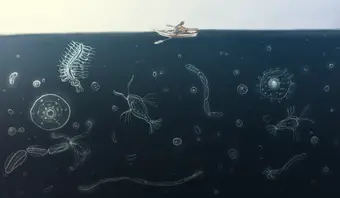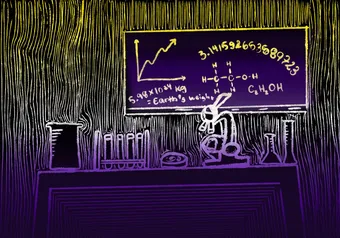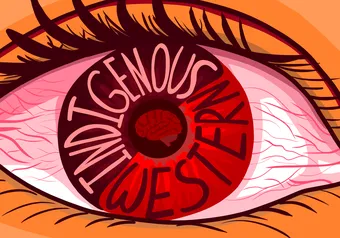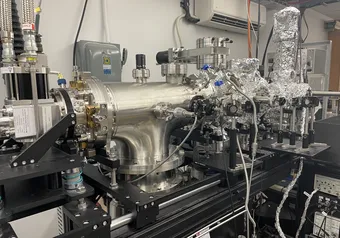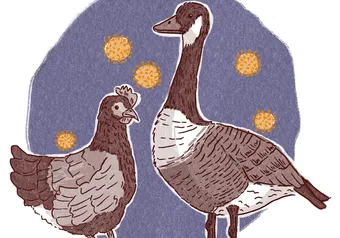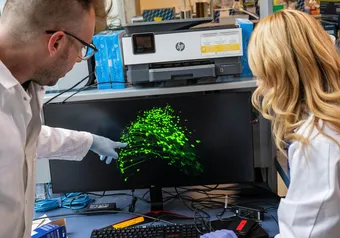At the bottom of Lake Kivu, on the border of the Democratic Republic of the Congo and Rwanda, time stands still. With no oxygen content and high dissolved iron, conditions in the lake remain comparable to oceans of the Proterozoic eon (2,500 million to 541 million years ago). UBC researchers traveled to Lake Kivu in order to research the effects of these prehistoric chemical conditions on aquatic life.
“It really is specifically the characteristics of the lake that are amazing for us,” said Céline Michiels, the lead author of the study and a fourth-year PhD student in the department of microbiology and immunology. “Because the lake has characteristics from the oceans of the past it is a cool peek into what microbial life could have looked like.”
Michiels built a model linking data collected in the present with projections of the past. Similar experiments had previously been conducted in labs, but their environmental significance remained uninvestigated. After collecting and analyzing water samples from the depths of Lake Kivu, there is a clearer idea of how nitrogen-recycling processes fit into the larger picture of waterborne bacterial life.
Humans use oxygen to respire, but in environments where no oxygen is available, organisms resort to other methods. Microbes in Lake Kivu use nitrates to sustain life. They release both nitrogen gas and ammonium into the water as a result.
“For the Proterozoic ocean, we thought there was only nitrogen gas being produced, but from what we saw in Lake Kivu is that it’s a mix between nitrogen gas and ammonium,” said Michiels. While nitrogen gas dissolves out of the ecosystem, ammonium can be recycled. Conditions in early oceans supported more life and growth than previously thought.
“Geo-biological studies like this one … give us a better picture of where we came from and possibly where we’re going,” said Dr. Sean Crowe, senior author of the study and assistant professor in geomicrobiology. “It bridges fields of microbiology and earth science and geology.”
This study, part of the East African Great Lakes Ecosystem Sensitivity to changes (EAGLES) project based in Belgium, did not only bring together scientific disciplines. It also brought people together across three continents.
“One of the soft motivations behind the project is to bring various different stakeholders together, enhancing communication between scientists in Rwanda, scientists in the DRC policy-makers and industry,” said Crowe.
Michiels and Crowe agreed on the importance of political awareness in international collaborative efforts like this one. Especially when in developing countries, Crowe said, foreign researchers have to be self-aware of their impact on the local population.
“You have to think about how we as foreigners conducting research there impacts their ability to know and use that resource on their own terms," said Crow. "We try as much as possible to engage the local community, including scientists from the Congo and from Rwanda in the work, and they have direct input into planning the research, managing the data products.”
The published study makes tangible a past when life was beginning to diversify. As Michiels put it, the research “looks at today’s environment and then infers for the past — that’s pretty cool.”
First online
Share this article


